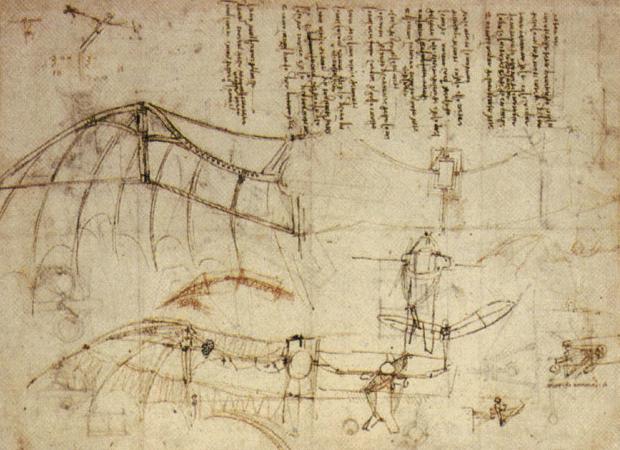HOME RESEARCH LINKS |
|

|
Fast L2 Handoff in IEEE 802.11a/b/g Networks
|
|
Introduction
With the growth of the IEEE 802.11-based wireless LANs, VoIP and similar applications are now being used over wireless networks too. Since the station
is now mobile, it performs a handoff, whenever it moves out of the range of one Access Point (AP) and tries to connect to a different one. Handoff
takes a few hundred milli-seconds, which causes interruptions in VoIP sessions.
We developed a new handoff algorithm which reduces the MAC layer handoff latency, in most cases, to a level where VoIP communication becomes seamless.
|
|
Handoff procedure
- Discovery phase
- Using the normal channel access procedure, Carrier Sense Multiple Access with Collision Avoidance (CSMA/CA), gain control
of the wireless medium.
- Transmit a probe request frame which contains the broadcast address as destination.
- Start a probe timer.
- Listen for probe responses.
- If no response has been received by minChannelTime, scan next channel.
- If one or more responses are received by minChannel-Time, stop accepting probe responses at
maxChannelTime and process all received responses.
- Move to next channel and repeat the above steps.
After all channels have been scanned, all information received from probe responses are processed so that the STA can select which AP to join next.
- Reauthentication phase
The reauthentication process involves authentication and re-association to the new AP as well as transfer of the STA's credentials from the old
AP to the new AP. Authentication is a process by which the AP either accepts or rejects the identity of the STA. The STA begins the process by
sending the authentication frame, authentication request, informing the AP of its identity; the AP responds with an authentication response,
indicating acceptance or rejection. After authentication is successful, the STA sends the reassociation frame, reassociation request, to the
new AP which will then send a reassociation response, back to the STA, containing an acceptance or rejection notice.
|
|
Our approach (MOBIWAC'04)
As we show in our paper, the Probe Delay is the biggest delay in the whole process (more than 90% of the total handoff delay),
therefore our approach focused on reducing such delay. To implement our new algorithm we modified the HostAP wireless driver.
For more details on our algorithm please refer to our paper Reducing MAC Layer
Handoff Latency in IEEE 802.11 Wireless LANs (pdf).
|
|
Related papers
- W. A. A. Mishra, M. Shin. An Empirical analysis of the IEEE 802.11 MAC Layer
Handoff Process. ACM SIGCOMM Computer Communication Review, 33(2):93{102, April 2003.
- W. A. A. Mishra, M. Shin. Context caching using neighbor graphs for fast
handoffs in a wireless network. Technical report, February 2004.
- G. K. Hector Velayos. Techniques
to reduce IEEE 802.11b MAC layer handover time. Technical report, 4 2003.
- IFIP TC6 Personal Wireless Communications 2002. Pre-Authenticated
Fast Handoff in a Public Wireless LAN based on IEEE 802.1x Model, 10 2002.
- H. Kim, S. Park, C. Park, J. Kim, S. Ko. Selective Channel
Scanning for Fast Handoff in Wireless LAN using Neighbor Graph. ITC-CSCC 2004, July 2004.
|
| TOP |